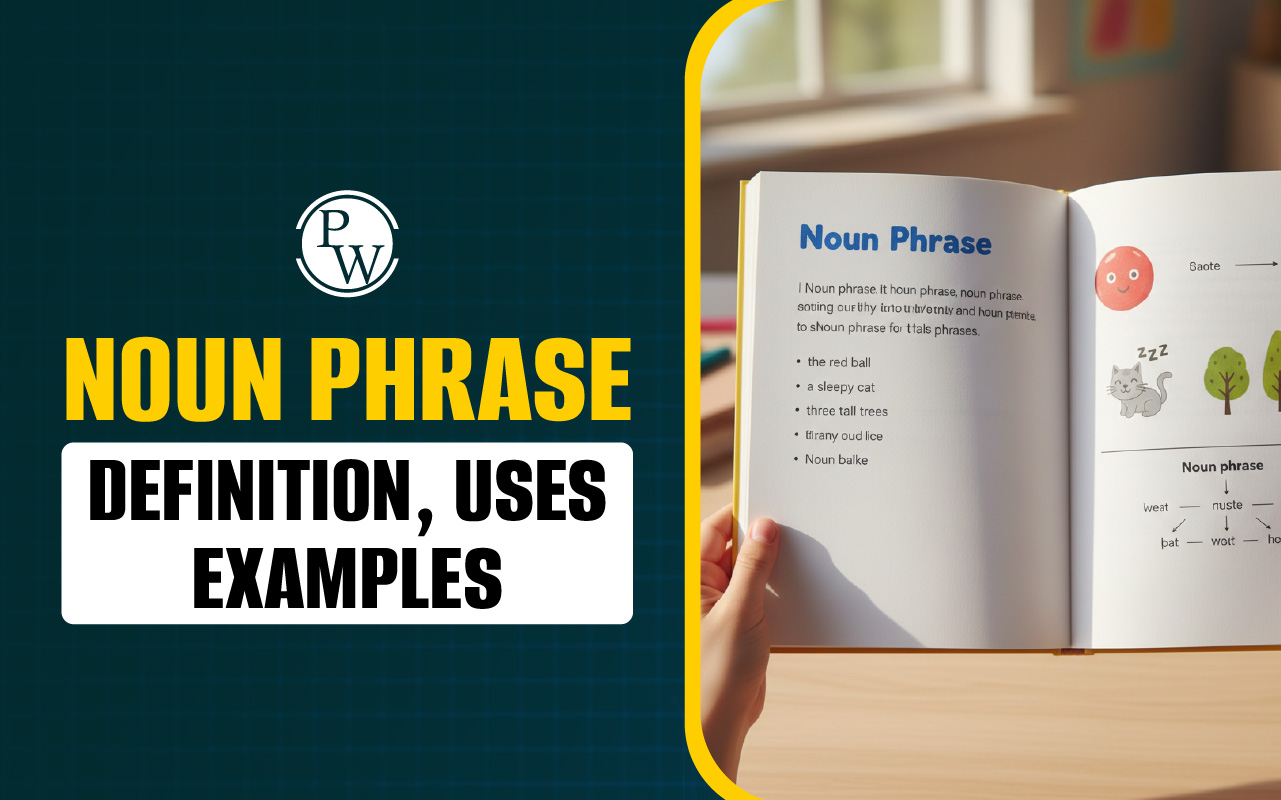
Classroom Rules: Classroom rules help create a safe and respectful environment for everyone to learn and grow. They guide students on how to behave in a way that shows kindness, respect, and responsibility.
Rules like raising your hand to speak, listening when others talk, and following instructions help everyone stay focused and organized. They also help avoid distractions and ensure that every student gets a chance to participate. By following classroom rules, we make sure the class is fun, fair, and a place where everyone can do their best. Following rules helps us work together and be good friends.What are Classroom Rules?
Classroom rules for kids are guidelines that help create a positive, respectful, and productive learning environment. These rules typically focus on behavior such as listening when others speak, raising hands to ask questions, staying seated during lessons, and treating classmates and teachers with kindness. Consistently reinforcing these rules encourages good habits, fosters cooperation, and ensures that all students have the opportunity to learn in a safe and supportive space.10 Classroom Rules for Kids
Here are 10 classroom rules for kids to create a positive, respectful, and productive learning environment:Respect Others
Treat classmates, teachers, and school staff with kindness and respect. No bullying, name-calling, or hurtful behavior.Listen and Follow Directions
Pay attention when the teacher is speaking and follow instructions the first time they're given.Raise Your Hand to Speak
Wait your turn and raise your hand when you want to ask a question or share an answer.Stay in Your Seat
Remain seated unless you have permission to get up. This helps minimize distractions.Be Prepared
Come to class with all the materials you need, including books, assignments, and any required tools.Work Quietly
Focus on your work quietly without disturbing others around you. If you need help, raise your hand.Be Positive and Encouraging
Support your classmates with kind words and a positive attitude. Everyone is learning!Keep Your Hands and Feet to Yourself
Respect others' personal space and avoid physical contact unless it's part of a group activity.Clean Up After Yourself
Always clean up your desk and the area around you before leaving the classroom.Be Honest
Tell the truth and take responsibility for your actions. If you make a mistake, it's okay to admit it and learn from it.Why are Classroom Rules Important?
Classroom rules are essential for creating a structured, safe, and respectful learning environment for children. They help set clear expectations for behavior, ensuring that all students understand what is acceptable and what is not. Rules promote discipline, encourage positive interactions, and minimize distractions, which allows students to focus on learning. By following these guidelines, children learn valuable life skills such as responsibility, respect for others, and self-control. Additionally, classroom rules contribute to maintaining a peaceful atmosphere, fostering cooperation, and enhancing overall academic performance. Establishing consistent rules also helps build a sense of security and trust within the classroom.How to Develop Classroom Rules That Promote Positive Expectations?
Developing classroom rules that promote positive expectations involves creating clear, achievable guidelines that encourage respect, responsibility, and active participation. Start by involving students in the rule-setting process to foster ownership and understanding. Focus on positive language, such as "respect others' ideas" or "engage in discussions," rather than prohibitive rules. Ensure the rules are simple, consistent, and age-appropriate, with a balance of structure and flexibility. Reinforce positive behaviors through praise and rewards while addressing misbehaviors with constructive consequences. Creating a supportive and inclusive environment where students feel safe and motivated helps set the tone for a productive learning atmosphere.What’s the Best Approach to Create Class Rules?
Creating effective class rules involves a blend of clarity, fairness, and collaboration. Here’s a structured approach you can follow to create rules that will promote a positive and productive learning environment:1. Set Clear Objectives
Purpose: Clearly define the reason for having class rules. Are they meant to maintain order, ensure respect, or promote engagement? Having a purpose in mind will guide your rule creation.
Focus on Desired Behaviors: Instead of listing things students cannot do, emphasize the positive behaviors you want to encourage.
2. Involve Students in the Process
Collaborative Rulemaking: Allow students to contribute to the rule-making process. This can make them feel more invested in following the rules since they had a say in them.
Brainstorming Session: Have an open discussion about what rules would help create a respectful, productive classroom. Encourage students to think about behaviors they think are important for everyone’s success.
3. Keep Rules Simple and Positive
Limit the Number: Aim for 5-7 core rules. Too many rules can overwhelm students, so prioritize the most essential ones.
Use Positive Language: Frame rules in a positive light. For example, instead of "Don't talk when others are speaking," say, "Listen when others are talking."
4. Be Specific and Clear
Concrete Expectations: Make sure each rule is clear and unambiguous. For example, “Be respectful” could be interpreted differently by different students, but “Use kind words when speaking to others” is specific.
Consequences: Clearly outline what will happen if the rules are broken. Be fair and consistent with enforcement.
Classroom Rules FAQs
What is the use of classroom rules?
What is the raise your hand rule?
What are the golden rules in school?
What are classroom procedures?
How to behave in a classroom?










